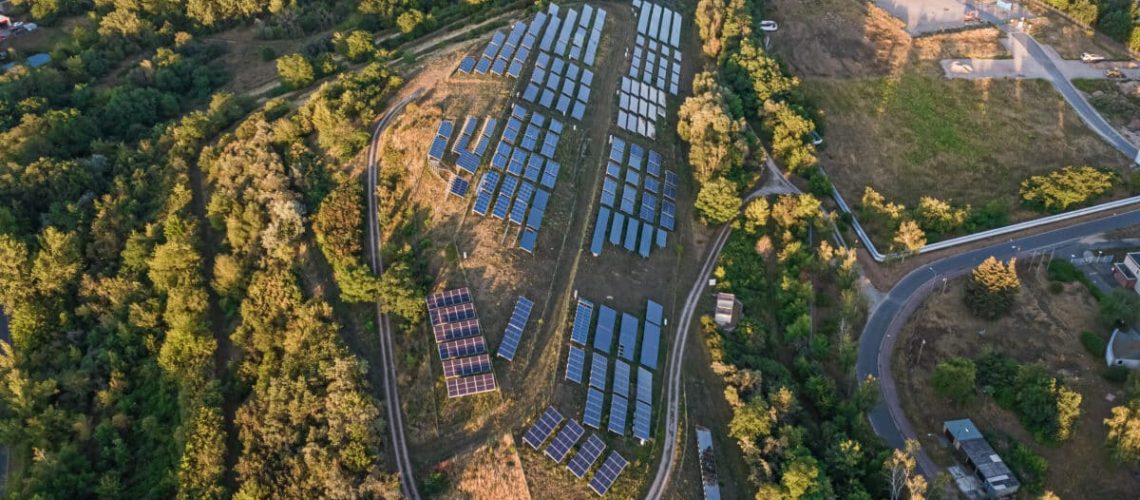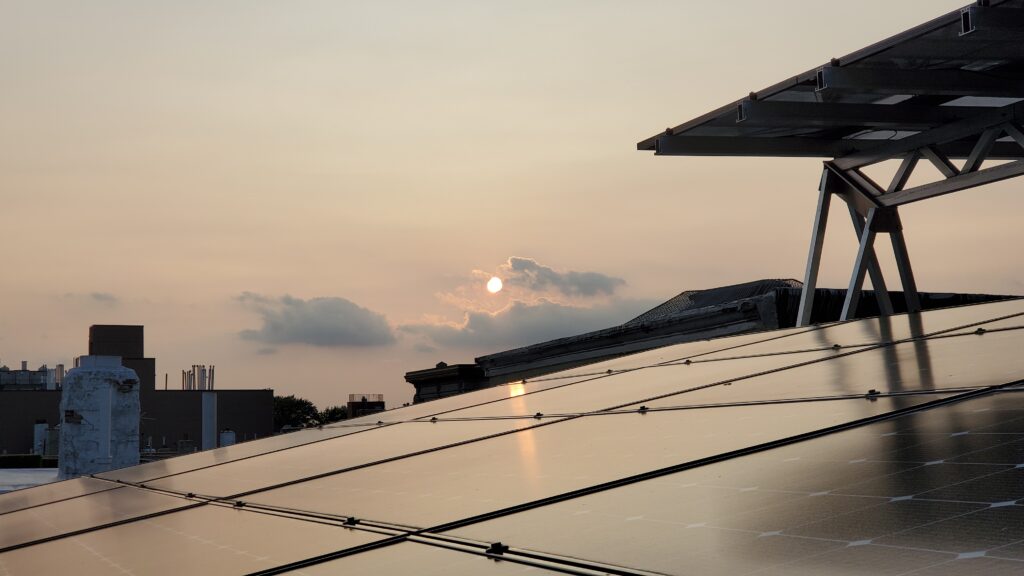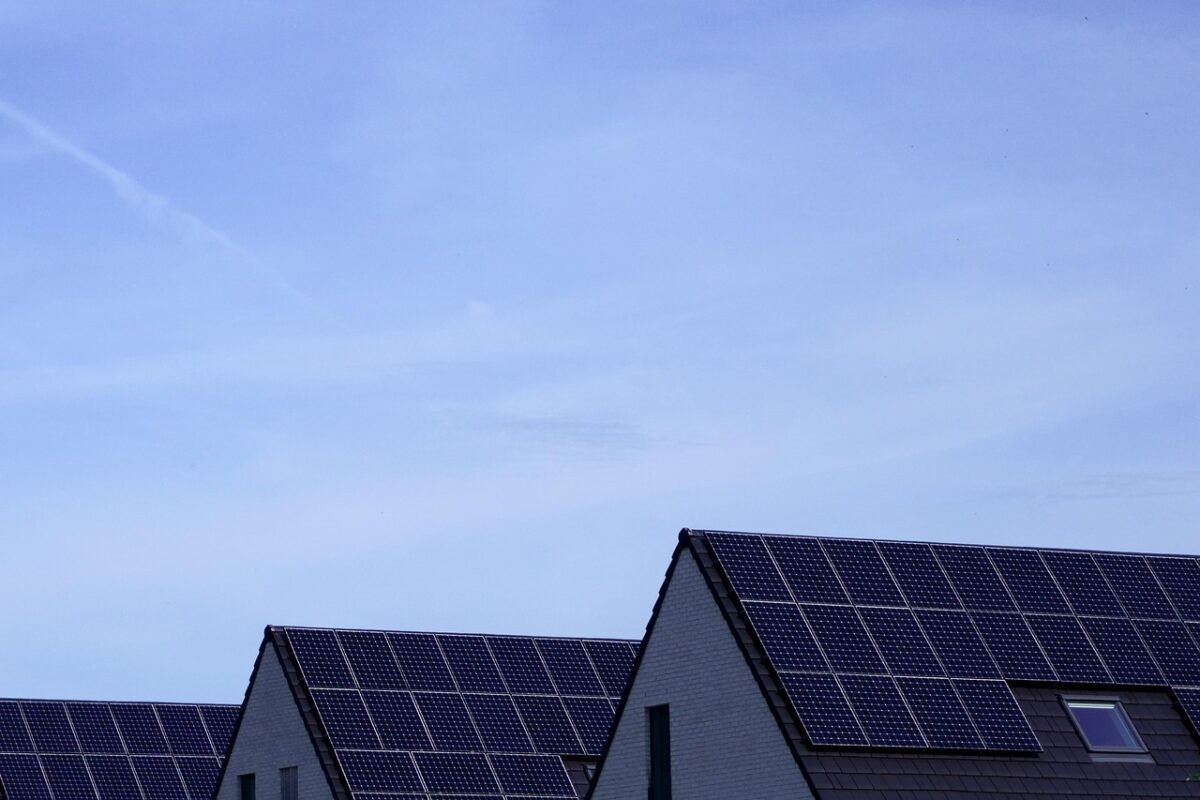NREL researchers find that without accurate data on zoning ordinances, the potential of renewable energy resources can be vastly overstated.
As the number of solar installations grows across the United States, towns and counties are increasingly writing new zoning ordinances that help govern local renewable energy deployment.
Researchers at the National Renewable Energy Laboratory (NREL) in Colorado found that the amount of land available to deploy renewables depends on the characteristics of the ordinances and they looked at the types of ordinances that commonly affect solar and wind deployment. The findings are published in the Nature Energy article titled “Impact of Siting Ordinances on Land Availability for Wind and Solar Development.”
“It’s important to understand the types of ordinances in effect, specifically setback ordinances, or the required distance from a specific feature like a house,” said Anthony Lopez, lead author of the paper. “Setback ordinances determine how much land is available for deployment and how much wind and solar resource we have to decarbonize our energy system.”
While land may seem perfectly suited to solar energy generation, the final decision is often steered by zoning ordinances. State and local zoning laws and ordinances guide local land use boards in assessing where a developer can site solar projects. For example, local setback ordinances vary from town to town.
In one New Hampshire town, for example, the setback ordinance of 100 feet in the residential district has sent numerous applicants back to the drawing board. In this case the unusually large setback is designed to uphold the rural character of the town, but it also has shown, in practice, to limit the placement of solar energy systems.
NREL researchers postulated that previous assessments of the amount of land available in the U.S. was greatly overestimated due to the lack of data on ordinances. The study determined that the number of local ordinances has grown appreciably in recent years. For example, they identified 1,853 local wind ordinances in effect during 2022 compared to 286 in 2018. A companion survey related to utility-scale solar identified 839 ordinances in effect in 2022, but they had no comparison data from earlier years.
“The increase in local zoning ordinances is a sign that the renewable energy industry is maturing,” Lopez said. “Ordinances can provide a structured approach to thoughtfully weave clean energy infrastructure into society and our natural environments.”
The most common type of ordinance that affects solar siting relates to setbacks from structures, roads and property lines. The researchers found that setback distances within the identified zoning ordinances vary considerably across jurisdictions. For solar, the setback is typically a fixed distance, and they found that under the strictest setback restrictions could cut solar resource by as much as 38%, compared to areas with no setback ordinances.
The study looked at the potential for solar installations under the most permissive scenario that does not account for setbacks and only excludes legally protected areas and land not suited for development. The researchers found that there is the “technical potential” for 147 TW of solar capacity. Conversely, with the strictest setbacks in place, the findings show that solar potential could decrease to 91 TW.
“It’s really important that we understand the impacts of renewable development on communities and provide information that helps them develop ordinances that balance regulation of the real impacts of renewable energy development while enabling deployment and the benefits of that deployment,” Lopez said.
According to the NREL researchers, these results indicate the importance of considering setback ordinances in energy resource assessments so that resource potential is not overstated. Because local land use and zoning rules have a strong correlation to the move to a carbon-free economy, they conclude that the ordinances should be accurately reflected in modeling and analysis.






